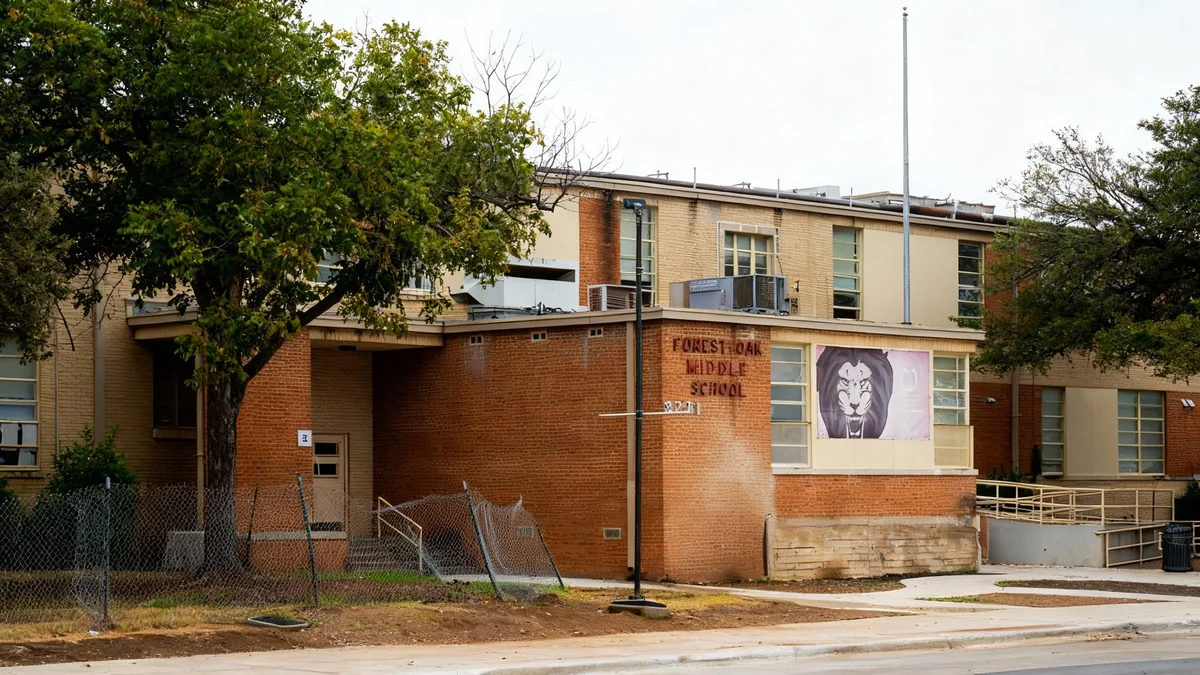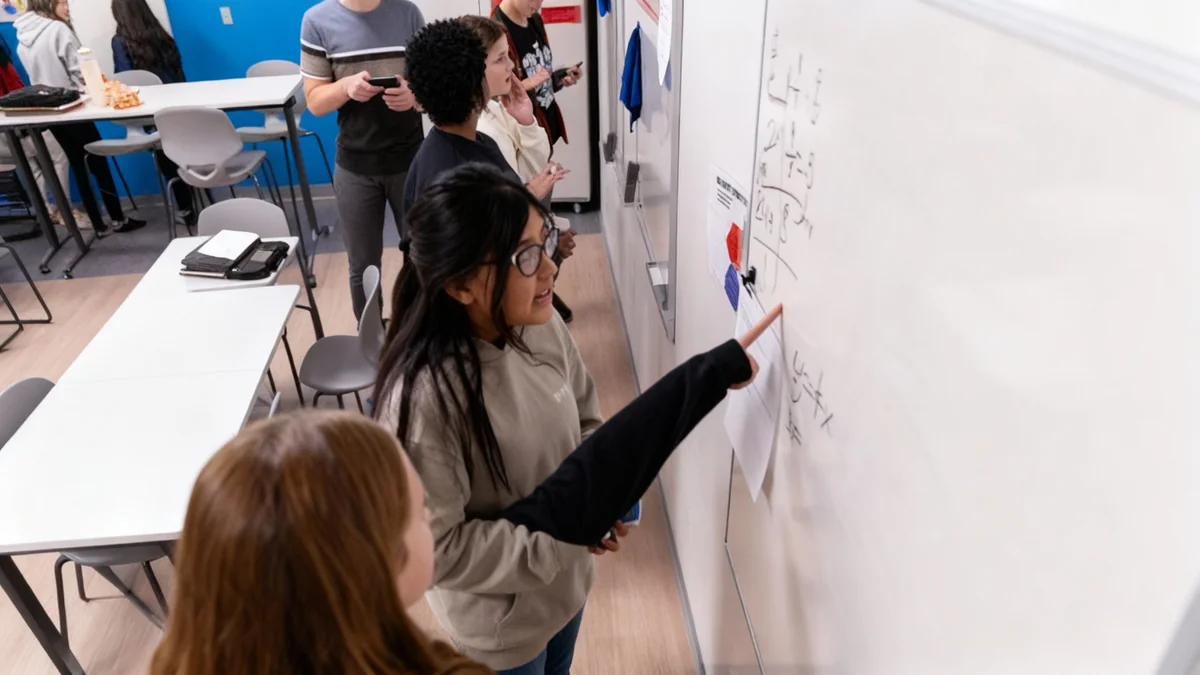A federal government shutdown, the first since 2019, has commenced after Congress failed to pass a funding agreement. The shutdown will result in the temporary leave of about 95 percent of U.S. Education Department employees who are not involved with federal student aid operations.
Key Takeaways
- Approximately 95% of non-student aid staff at the Education Department will be furloughed in the first week.
- Federal student aid, including Pell Grants and student loan processing, will continue without interruption.
- New federal research grants from the NIH and NSF will be paused, and civil rights investigations will be suspended.
- The duration of the shutdown will determine the severity of its impact on universities and research institutions.
Massive Furloughs at the Education Department
The immediate effect of the shutdown is a significant reduction in the Education Department's workforce. According to the agency's contingency plans, nearly all staff members not directly supporting the federal student aid system will be placed on unpaid furlough for at least the first week.
Workers deemed essential for maintaining critical operations will be required to work without pay until funding is restored. This includes staff managing the disbursement of student loans and grants.
Shutdown by the Numbers
The Education Department's plan indicates that if the shutdown extends beyond one week, it may recall up to 330 employees. However, this would still leave approximately 87 percent of the department's total workforce on furlough, highlighting the scale of the operational halt.
This widespread furlough means that communication with the department will be severely limited. Institutions or individuals with questions about non-essential services will likely face significant delays in receiving responses. When the government reopens, the remaining staff will face a considerable backlog of work.
Student Aid and Loan Payments to Continue
For millions of students and borrowers, the core functions of federal financial aid will remain operational. The Education Department has prioritized these services to prevent immediate disruption to students' academic lives.
Key programs that will continue to operate include:
- Pell Grants: Funding for Pell Grants will continue to be disbursed to eligible students.
- Student Loans: Loan payments will still be due, and the processing of new federal student loans will proceed.
- FAFSA: The Free Application for Federal Student Aid will remain available for students and families to complete and submit.
Regulatory Meetings Move Forward
Despite the widespread furloughs, the Education Department plans to proceed with scheduled meetings for its negotiated rulemaking process. These meetings are a critical step in developing new federal regulations. Postponing them would risk delaying the finalization of new rules, which are on a tight timeline to be implemented by next July.
While the continuity of student aid is a positive development, other essential departmental functions will be suspended. The agency plans to cease all new grant-making activities outside of student aid and put a hold on all ongoing civil rights investigations.
Federal Research Grants and Civil Rights Probes Halted
The shutdown's impact extends beyond the Education Department, directly affecting the nation's research community. Major federal funding agencies for scientific research are also facing significant operational pauses.
Disruptions for Researchers
The National Institutes of Health (NIH) is set to furlough about 75 percent of its staff. This will halt all new grant reviews, travel, and basic research activities. Similarly, the National Science Foundation (NSF) will not award any new grants during the shutdown, as reported by Science magazine.
Both the NIH and NSF will continue to accept grant applications, but no decisions or funding will be issued until the government reopens. This creates uncertainty for university researchers who depend on a steady flow of federal funding to support their work and laboratories.
"When colleges and universities budget for the fiscal year, they don’t budget for a shutdown," said Emmanual Guillory, senior director of government relations at the American Council on Education. "Potential loss of revenue is always a concern with the bottom line."
The previous government shutdown, which began in December 2018 and lasted 34 days, delayed an estimated $18 billion in federal discretionary spending, according to an analysis by the American Council on Education (ACE).
Broader Implications for Higher Education
According to ACE, brief shutdowns typically have limited direct effects on colleges and universities. However, the longer the current impasse continues, the more severe the disruptions will become for institutions, faculty, and students.
Challenges for International Students and Data Access
International students awaiting visa appointments may experience some delays, though U.S. embassies and consulates are expected to remain open. The funding for consular services comes from fees, which allows them to operate for a limited time during a shutdown.
Access to federal data may also be affected. ACE noted that during previous shutdowns, important resources like the Integrated Postsecondary Education Data System (IPEDS) became inaccessible. This could hinder institutional research and planning.
Political Stalemate Fuels Shutdown's Uncertainty
The shutdown stems from a political disagreement in Congress over federal funding. In the Senate, Republicans hold a majority but lack the 60 votes needed to pass their funding resolution without Democratic support. Democrats have stated they are open to negotiations but are seeking a deal that includes extensions for Affordable Care Act tax credits and reverses certain Medicaid cuts.
The political climate has added another layer of uncertainty. Former President Trump and his administration officials have suggested they could make the shutdown more impactful to pressure Democrats. Russ Vought, then-director of the Office of Management and Budget, threatened to lay off more federal workers if a deal was not reached.
This rhetoric has raised concerns about the long-term stability of federal employment and services. As the shutdown continues with no clear end in sight, higher education institutions and federal employees are left to navigate the growing uncertainty.





